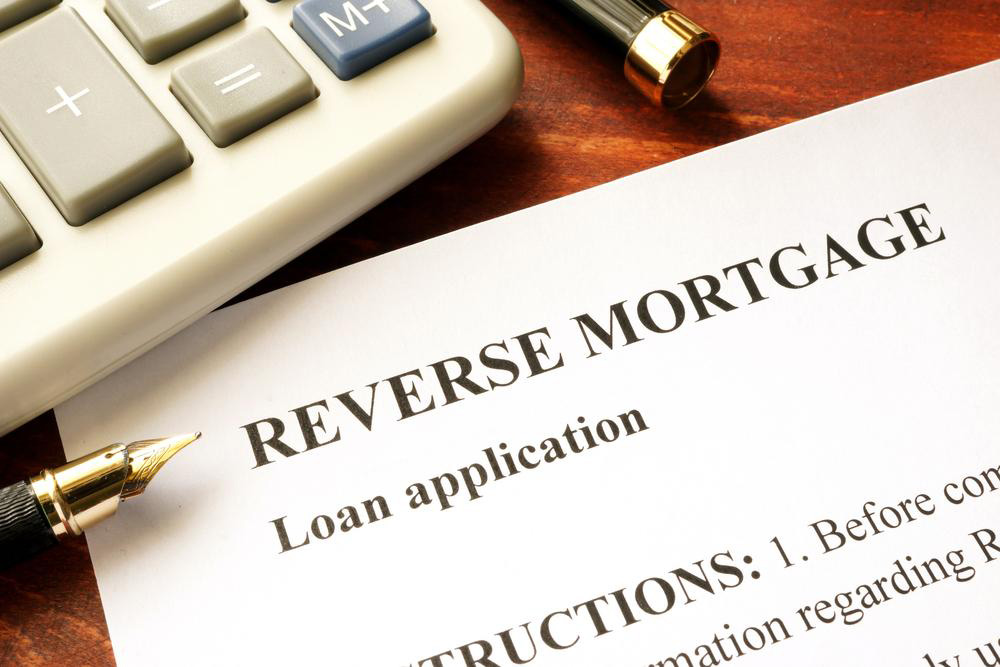Essential Insights on Home Equity Release Options
Discover key details about home equity release options like reverse mortgages and lifetime plans. Learn their benefits, drawbacks, and how they can help seniors unlock wealth while maintaining residence. Understand the risks and regulatory considerations for making informed financial choices in retirement planning.

Understanding Home Equity Release
Home equity release allows property owners, especially seniors, to access a portion of their property's wealth while continuing to live in it. This financial strategy provides a steady income or lump sum, with repayment often deferred until the owner's passing. The most common form, reverse mortgages, enables older homeowners to unlock their home’s value without immediate repayment, offering financial flexibility during retirement.
Types of Home Equity Release Products
Lifetime Mortgage: A loan secured against your home that accrues interest over time, payable upon death or moving out. You retain ownership and responsibility for costs and maintenance.
Interest-Only Mortgage: Borrowers pay interest regularly, with the principal due at the end when the mortgage matures, while living in the property.
Home Reversion Scheme: Selling part or all of the home to a third party while living there, receiving income or cash, and maintaining residence until death or moving out.
Shared Appreciation Mortgage: The lender provides funds in exchange for a share of future property value increases, with the right to stay in the home for life.
Home Income Plan: A lifetime mortgage combined with an annuity purchase, typically facilitated by an insurance provider, to generate regular income.
Benefits of Equity Release
Provides access to a lump sum or income that can be up to 16 times the invested amount, often tax-efficient.
Can reduce inheritance tax liabilities.
Includes guarantees such as no negative equity, protecting borrowers even if property values decline.
Allows refinancing at lower interest rates if market rates decrease.
Enables homeowners to stay in their residence without repayment obligations during their lifetime.
Potential Drawbacks
Could diminish the inheritance your family receives if property value growth lags behind interest costs.
May impact eligibility for means-tested benefits or reduce charitable bequests.
Generally more costly than selling or trading property outright.
Understanding Reverse Mortgages
A reverse mortgage is tailored for seniors, allowing them to convert home equity into funds without monthly payments, while remaining responsible for taxes and insurance. The loan balance increases over time, with repayment deferred until the homeowner's death, sale, or relocation. You can choose to borrow part of your home’s value, with the loan growing as interest accrues. Regulations and features vary by jurisdiction, and while reverse mortgages provide access to funds, they require careful consideration due to complexity and potential risks.
Opinions vary among experts, with some criticizing the product’s complexity and potential for misuse. Regulatory agencies emphasize the importance of understanding these products thoroughly to avoid pitfalls and fraud.










